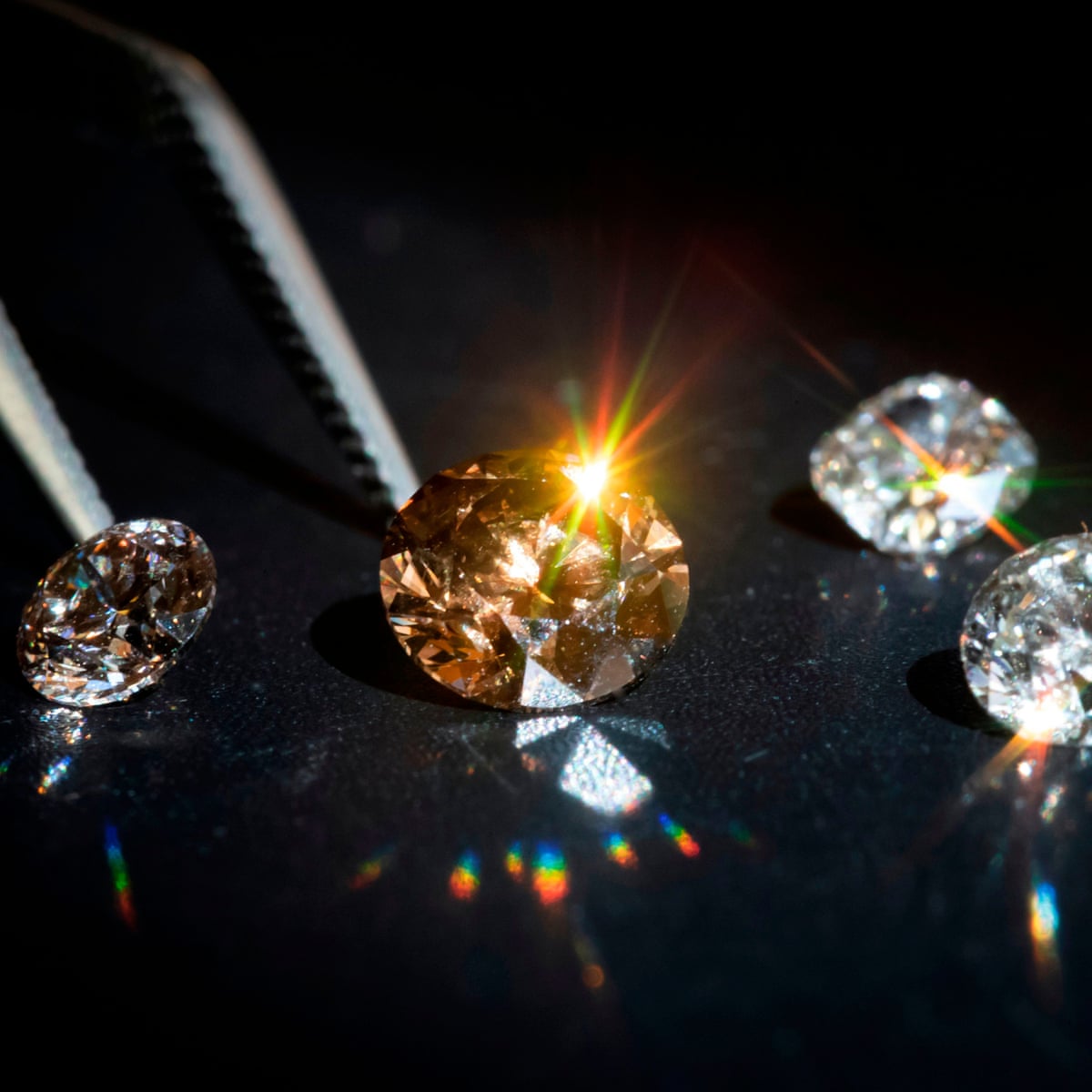Diamonds have long been celebrated as symbols of luxury, rarity, and enduring love. However, a closer examination of the diamond industry reveals a truth that contradicts this popular perception: mined diamonds are not as rare as commonly believed.
For decades, the marketing efforts of diamond companies have perpetuated the myth of scarcity surrounding natural diamonds, leading consumers to believe that each diamond is a unique and precious gemstone extracted from deep within the Earth’s crust. While it is true that diamonds are formed under immense pressure and heat over millions of years, the idea that they are inherently scarce is misleading.
The reality is that the diamond market is controlled by a handful of powerful corporations that carefully regulate the supply of diamonds to maintain artificially high prices. Through strategic marketing campaigns and controlled releases of inventory, these companies create the illusion of scarcity to drive up demand and maximize profits.
In truth, the supply of mined diamonds far exceeds natural demand. According to industry estimates, diamond mines produce millions of carats of rough diamonds each year, far surpassing the actual demand for finished diamond jewelry. This surplus of diamonds is carefully managed by industry giants like De Beers, which stockpiles excess inventory to prevent oversupply and price depreciation.
Moreover, advances in diamond mining technology have made it possible to extract diamonds from previously inaccessible locations, further increasing the supply of mined diamonds. From deep-sea mining operations to diamond-rich regions in Africa and Russia, modern mining techniques have expanded the reach of the industry, challenging the notion of diamonds as rare and precious commodities.
Beyond the abundance of mined diamonds man made diamonds, the environmental and ethical concerns associated with diamond mining cast further doubt on the industry’s claim of rarity. Traditional diamond mining practices have been linked to deforestation, habitat destruction, water pollution, and human rights abuses in diamond-producing countries. The negative environmental and social impacts of diamond mining undermine the notion of diamonds as rare treasures worthy of celebration.
In recent years, the emergence of lab-grown diamonds has disrupted the diamond industry by offering a sustainable and ethical alternative to mined diamonds. Unlike mined diamonds, which require extensive resources and labor to extract from the earth, lab-grown diamonds are created in controlled laboratory environments using advanced technology. These diamonds possess the same chemical and optical properties as natural diamonds but are produced without the environmental and social costs associated with mining.
As consumers become more aware of the environmental and ethical issues surrounding diamond mining, the demand for lab-grown diamonds continues to rise. With their transparent origins, lower environmental footprint, and competitive pricing, lab-grown diamonds present a compelling choice for conscientious consumers seeking beautiful and responsible alternatives to mined diamonds are not rare.
In conclusion, the notion of mined diamonds as rare and precious gems is a myth perpetuated by the diamond industry to maintain control over supply and demand. In reality, the abundance of mined diamonds, coupled with their environmental and ethical implications, challenges the romanticized narrative of diamonds as symbols of rarity and luxury. As consumers seek more sustainable and ethical options, the rise of lab-grown diamonds signals a shift towards a more transparent and responsible future for the diamond industry.

